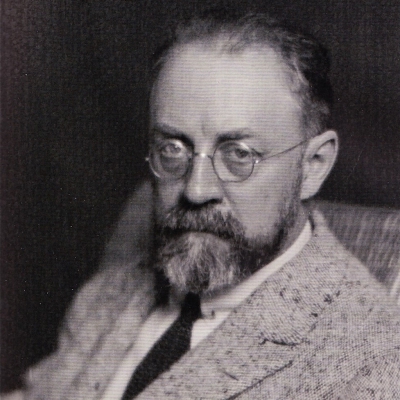Henri Matisse

Henri Matisse (1869-1954) is the dominant figure of Fauvism. Fauvism originated when in 1905, at the third Salon d’Automne (Autumn Salon) in Paris, a group of young painters exhibited canvases so simplified in design and so shockingly bright in colour that a startled critic, Louis Vauxcelles (1870-1943), described the artists as fauves (wild beasts). The Fauves were totally separated from the French Academy and the “official” Salon. Driving the Fauve movement was a desire to develop an art having the straightforwardness of Impressionism but employing intense colour juxtapositions for expressive ends. The Fauves produced portraits, landscapes, still lifes, and nudes of naturalness and energy, with lush surface textures, vivacious linear patterns, and audacious colours. They used surprising contrasts of red, green, and blue, and vivid orange held together by far-reaching brushstrokes and bold patterns in an effort to revive internal emotions. During its brief existence, Fauvism made a significant contribution to the direction of art by showing colour’s structural, expressive, and aesthetic potentials.
Henri Matisse sustained that colour could play a principal role in conveying meaning and focused his efforts on demonstrating this idea, exploring the effects that various colours have on emotions. He used patches and splotches of colours juxtaposed in ways that often produced upsetting contrasts. Matisse explained his methodology as follows: “What characterized fauvism was that we rejected imitative colours, and that with pure colours we obtained stronger reactions”. For Matisse and the Fauves, therefore, colour is the formal element most accountable for pictorial consistency and the main conveyor of meaning.

 Hide filters
Hide filters
Validate your login